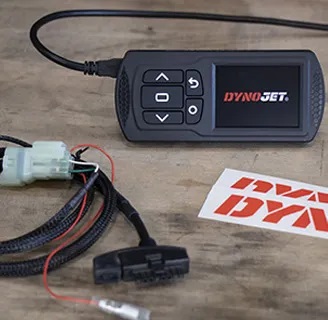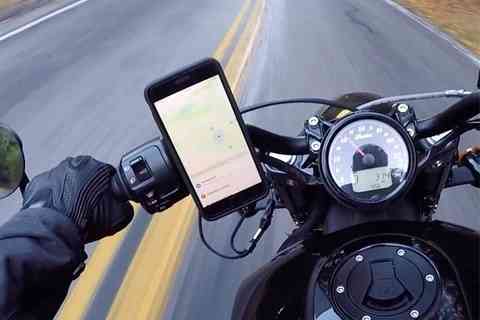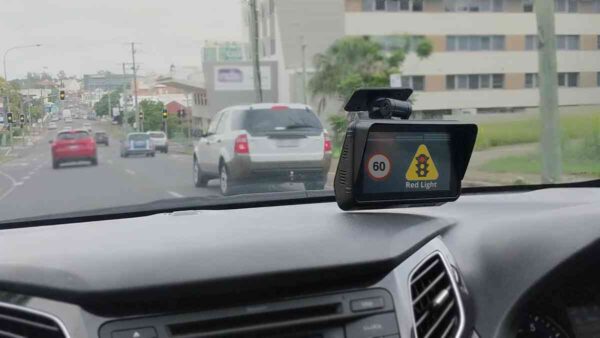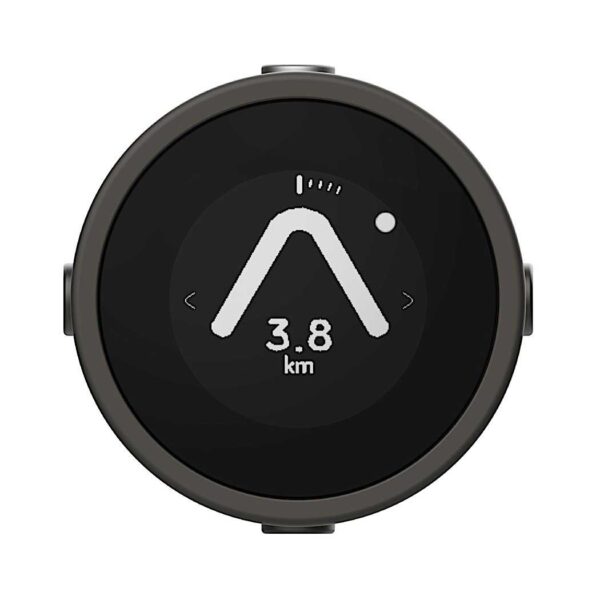Fact Vs Fiction: New York Exhaust Noise Legislation
SEMA’s Government Affairs staff have been successful thus far in killing or amending many onerous proposals before they become law In 2021, New York enacted a bill into law–the SLEEP Act–that aims to crack down on excessively loud vehicles. The law goes into effect on April 1, 2022. Unfortunately, vague local news reporting has created confusion amongst enthusiasts about what the law will actually do. The SEMA Action Network (SAN) is here to set the record straight. NOTE: The contents of this article focus on the impact of the new law on light-duty cars and trucks, not motorcycles. Background: Since 2021, over a dozen states, including New York, have introduced bills aiming to curb the amount of noise emitted from a vehicle’s muffler. While no two state’s means of achieving this goal have been identical, they all have one thing in common: they were requested by constituents upset by loud vehicles in their community. Why? For many workers across the country, the pandemic meant an unexpected shift to remote work. As a result, people became far more aware of their surroundings, and the noises that come with them, especially from cars and trucks. Fortunately for enthusiasts, SEMA’s Government Affairs staff have been successful thus far in killing or amending many onerous proposals before they become law. So, what about in New York? Claim: A new bill in New York will ban exhaust modifications Rating: Fiction In January 2021, lawmakers in New York introduced a pair of bills (S. 784 and A. 471) seeking to curb loud cars and trucks. The bills were amended several times prior to passage and were approved by Governor Kathy Hochul in late October. Importantly, the proposal did not change the state’s existing exhaust noise laws, which require every motor vehicle to be equipped with a […]
Fact Vs Fiction: New York Exhaust Noise Legislation Read More »






